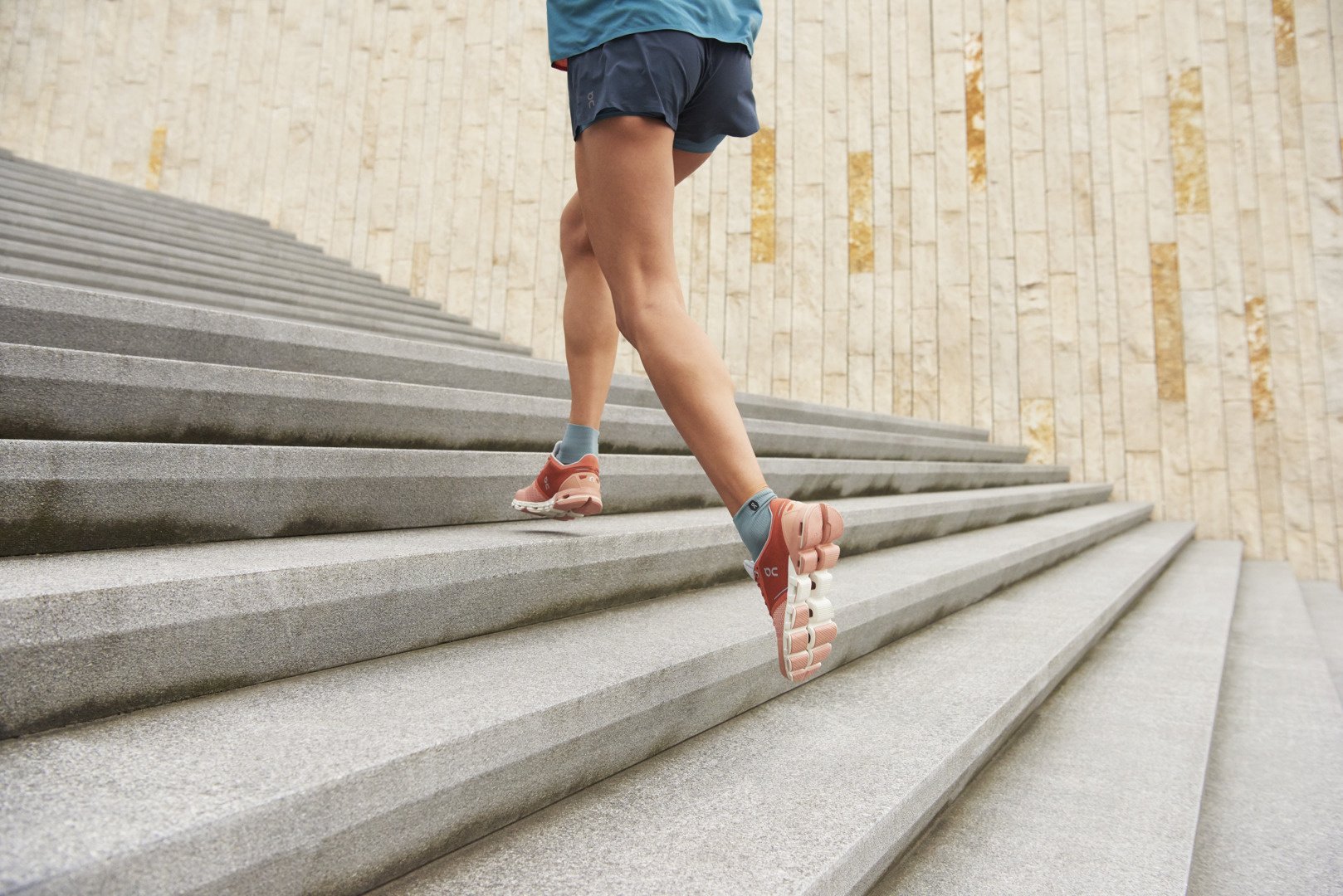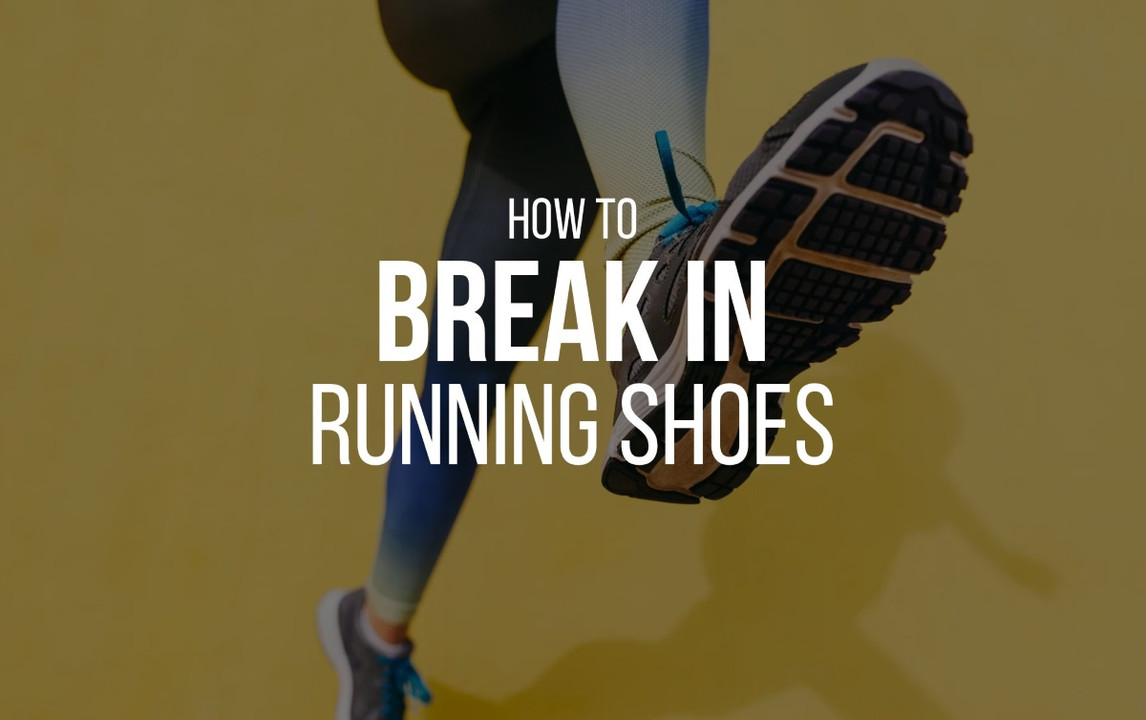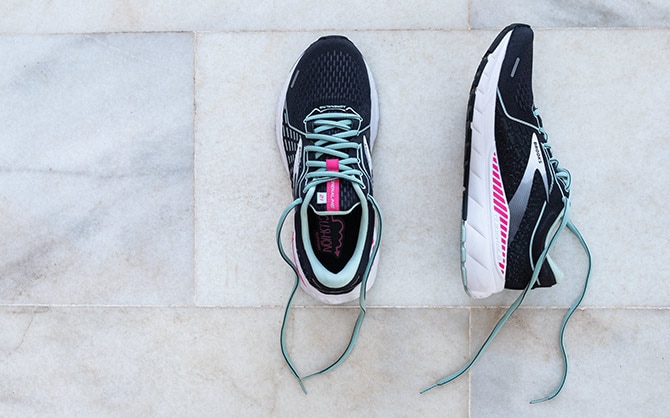Breaking in new running shoes is a crucial process for any runner. Whether you’re a seasoned marathoner or a casual jogger, understanding how to properly break in your running shoes can enhance your performance and comfort while reducing the risk of injury. This comprehensive guide explores various methods, tips, and cultural experiences related to breaking in new running shoes in the USA.
Why Is It Important to Break In New Running Shoes?
Breaking in new running shoes is essential for several reasons:
- Comfort: Properly broken-in shoes fit better, reducing discomfort during runs.
- Injury Prevention: Shoes that haven’t been broken in can lead to blisters, calluses, and other injuries.
- Performance: The right fit can enhance your running mechanics, improving efficiency and speed.
Understanding Running Shoe Construction
Before diving into breaking in your new shoes, it’s important to understand their construction:
- Upper: This is the part that wraps around your foot. It’s usually made from mesh or synthetic materials.
- Midsole: The cushioning layer that absorbs impact.
- Outsole: The bottom part of the shoe that contacts the ground, usually made from durable rubber.
How to Break In New Running Shoes: Methods and Tips
There are several methods to effectively break in new running shoes:
1. The Gradual Approach
This method involves gradually increasing the time you wear your new shoes:
- Day 1: Wear them around the house for 30 minutes.
- Day 2: Take them on a short walk (1-2 miles).
- Day 3: Run 1-2 miles at an easy pace.

2. The Sock Method
Wearing thicker socks can help stretch your shoes slightly and improve fit:
- Day 1: Wear the new shoes with thick socks around the house.
- Day 2: Gradually increase walking and running time.
3. Heat and Compression
Some runners use heat to break in their shoes, which can be effective for certain materials:
- Use a Hairdryer: Lightly heat the areas that feel tight, then wear the shoes with thick socks until they cool.
- Professional Stretching: Some running stores offer professional stretching services.

4. The Treadmill Test
Using a treadmill can help you break in your shoes without harsh outdoor conditions:
- Start Slow: Walk for 10-15 minutes, then gradually increase speed.
- Mix It Up: Alternate between walking and jogging to find the shoe’s comfort level.
Tips for Breaking In New Running Shoes
Here are some additional tips to make the breaking-in process smoother:
- Always Listen to Your Body: If you feel discomfort, take a break.
- Stay Hydrated: Keep your body hydrated for optimal performance.
- Keep Weather in Mind: Avoid breaking in shoes in extreme weather conditions.

Pros and Cons of Different Methods for Breaking In Shoes
Comparison Table
| Method | Pros | Cons |
|---|---|---|
| Gradual Approach | Safe; Controlled break-in | Time-consuming |
| Sock Method | Eases tightness; Quick | May not fit everyone |
| Heat and Compression | Customizes fit; Effective | Risk of damaging shoes |
| Treadmill Test | Control over conditions | Requires access to equipment |
Cultural Experiences Related to Running in the USA
Breaking in new running shoes isn’t just about comfort; it’s also about the experience. Many American runners have unique rituals and stories associated with their shoes. Races in cities like New York, Chicago, and San Francisco often inspire runners to embrace the breaking-in process as part of their journey.

Local Running Groups and Their Insights
Joining local running clubs can provide invaluable tips on breaking in shoes. For instance:
- Run Club Lou: Based in Louisville, they share experiences and insights on shoe selection and fitting.
- Atlanta Track Club: They often host workshops on selecting and breaking in running shoes for all levels of runners.
Technological Innovations for Improved Fit
New technologies are emerging in the running shoe industry to enhance the comfort and fit of shoes:

1. 3D Printing
Some manufacturers offer 3D printed insoles that can be tailored to your foot’s specific shape, reducing the breaking-in period significantly.
2. Smart Shoes
Brands like Nike and Under Armour have introduced smart shoes that adapt to your foot shape over time, providing a more customized fit.

FAQs About Breaking In New Running Shoes
What is the average time it takes to break in new running shoes?
Typically, it takes about 20-30 miles for running shoes to fully break in, depending on the shoe type and your foot shape.
Can I run long distances in new shoes right away?
It’s not recommended to run long distances in new shoes immediately; instead, gradually increase mileage.

What should I do if my shoes still hurt after breaking them in?
If discomfort persists, consider consulting a specialist or re-evaluating your shoe choice.
Conclusion
Breaking in new running shoes is an essential process for any runner committed to their craft. By understanding different methods, listening to your body, and leveraging local insights, you can enhance your overall running experience. Remember, the right approach can make a significant difference in your comfort and performance on the track or road.

Citations
For further reading and insights, please refer to the following resources: